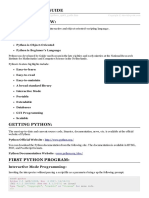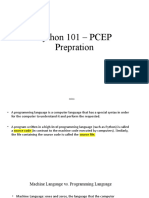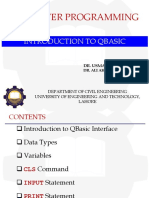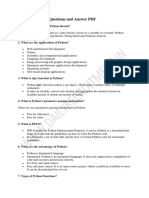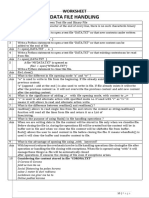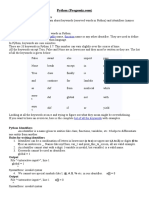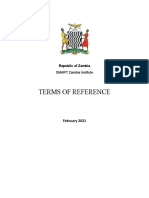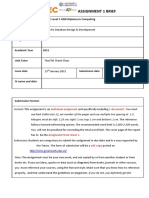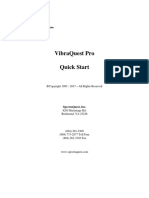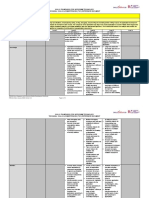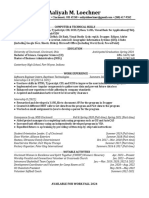0% found this document useful (0 votes)
678 views22 pagesPython Keywords and Identifiers
Python has 33 keywords that are reserved words and cannot be used as variable or function names. Keywords include False, class, finally, and yield. Identifiers in Python can be names given to variables, functions, classes, and other entities. Identifiers can consist of letters, digits, and underscores but cannot start with a digit. Python uses indentation rather than brackets to define code blocks, with four spaces typically used for each level of indentation. Comments in Python begin with a # and can span multiple lines using triple quotes.
Uploaded by
ashokadeeCopyright
© © All Rights Reserved
We take content rights seriously. If you suspect this is your content, claim it here.
Available Formats
Download as DOCX, PDF, TXT or read online on Scribd
0% found this document useful (0 votes)
678 views22 pagesPython Keywords and Identifiers
Python has 33 keywords that are reserved words and cannot be used as variable or function names. Keywords include False, class, finally, and yield. Identifiers in Python can be names given to variables, functions, classes, and other entities. Identifiers can consist of letters, digits, and underscores but cannot start with a digit. Python uses indentation rather than brackets to define code blocks, with four spaces typically used for each level of indentation. Comments in Python begin with a # and can span multiple lines using triple quotes.
Uploaded by
ashokadeeCopyright
© © All Rights Reserved
We take content rights seriously. If you suspect this is your content, claim it here.
Available Formats
Download as DOCX, PDF, TXT or read online on Scribd
/ 22

